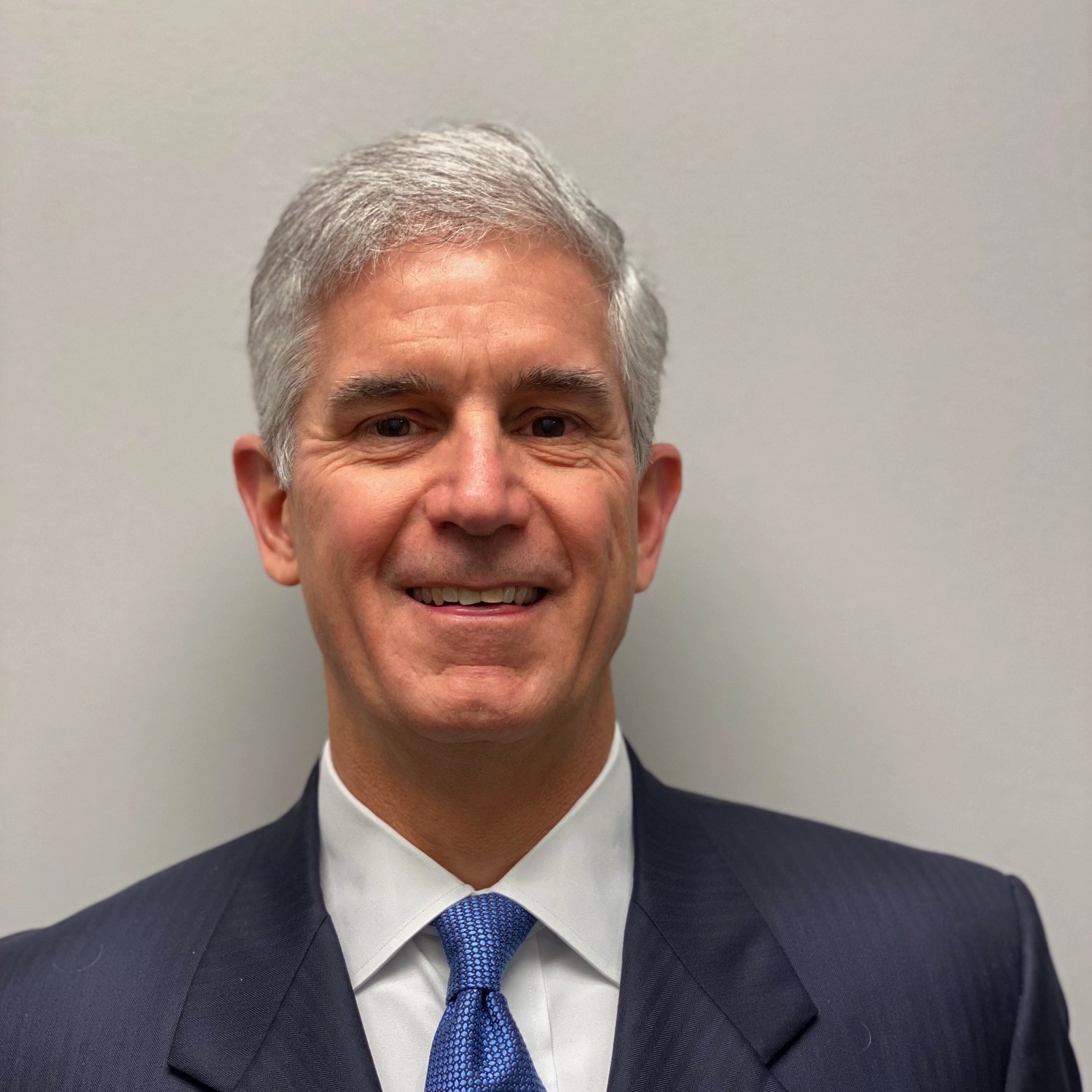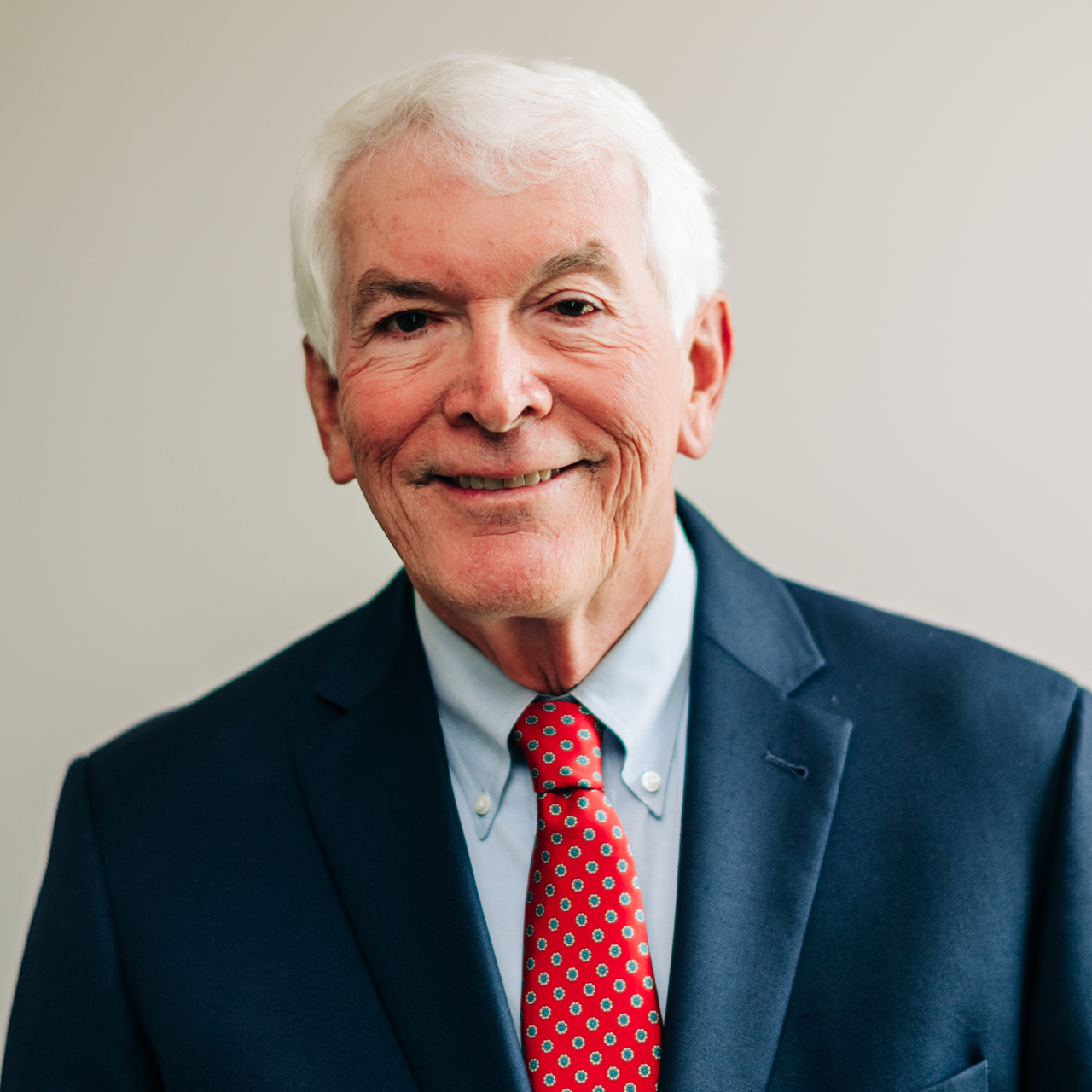Trademark Plan is Boon for Small Firms
Monday, November 25th, 2002
Published in the Richmond Times-Dispatch
November 25, 2002
Perhaps the key achievement of the Industrial Revolution was the invention of the factory assembly line, which enabled manufacturers to make goods at a price affordable by average consumers.
Henry Ford brought mass production to the automobile industry. Ford wanted to produce the first car “for the great multitude.”
Ford’s company sold its first Model T, the 1909 model, for $850 (a little more than $15,500 in today’s dollars). He sold more than 10,000 of the 1909 model-year cars, a record for a single car model but far short of his goal.
Looking for a cheaper method to produce Model T’s, Ford became the first to use an assembly line to build cars. After years of study, Ford broke down automobile assembly into 84 steps, with each worker participating in only one step. Using an automatic conveyor belt forced workers to complete their tasks quickly.
The assembly line created great efficiency. By the end of 1913, Ford had reduced the time to manufacture the chassis from more than 12 hours to 93 minutes. By 1915, mass production had enabled Ford to sell a Model T for only $290 (a little over $4,900 in today’s dollars). That year alone, Ford sold 1 million Model T’s.
Fragmented process
Until now, the world of international trademark protection has been a lot like early car production: fragmented and inefficient.
Trademarks are registered on a country-by-country basis. Aside from a European process, U.S. companies did not have a way to obtain broad international trademark registration in a simple, affordable process.
In a boon for American small business, the United States recently joined an international scheme for obtaining trademark registration in many countries through one-stop shopping. This scheme, the Madrid Protocol, will greatly reduce the cost and hassle of obtaining trademark registration in other countries.
The Madrid Protocol creates a central application process for seeking trademark registration in all member countries. U.S.-based companies should be able to use this process by November 2003.
Most economically significant countries, such as the members of the European Community and Japan, are members of the protocol. Canada and Mexico have not joined yet, although they may do so soon now that the United States has joined.
Currently, filing individual trademark-registration applications in multiple foreign countries is so time-consuming and expensive that many smaller businesses cannot afford to do so. This obstacle can dash a company’s plans for international expansion.
In almost all of the rest of the world, the first person to apply to register a trademark gets that trademark. If a small U.S. company launches a brand-name product or service and finds some success, an opportunist in another country might spot that success. He could register a matching trademark in that country before the U.S. company can afford to apply for trademark registration outside of the United States.
Saving time and money
Using the Madrid Protocol will save U.S. businesses money and time.
The International Trademark Association found that it costs about $14,000 in expenses and attorney fees to file for trademark registration in a sample of 10 countries. Under the Madrid Protocol, registration in the same 10 countries would cost about $4,700. Actual savings depends upon the countries selected.
The main cost savings, though, will arise from lower costs to maintain trademark registrations and to make administrative changes to trademark documents.
For example, a company that has a trademark registration in 15 countries would have to file an amendment with each country just to change its address, perhaps requiring the hiring of a lawyer in some countries. Under the Madrid Protocol, one can perform a name change with one form and a $100 filing fee.
Using the Madrid Protocol also should speed up things. The protocol requires member countries to process centrally filed applications within 18 months, or within 25 months if someone objects to registration. Currently, some countries take four or more years to process applications.
Not a cure-all
The Madrid Protocol isn’t a panacea. For example, for U.S. users of the protocol, all international applications depend upon the U.S. application for five years. If the U.S. application fails or if the eventual U.S. trademark registration is revoked during the first five years, then related international applications filed under the protocol automatically fail too.
In the event of such failure, there is a safety net. You can immediately file trademark applications in each country that you wanted to cover, and you can keep the advantages you gained with your earlier use of the Madrid Protocol. Yet doing so will mean additional hassle and expense.
By 1927, the last year of Model T production, Ford produced a new car every 24 seconds. Hopefully, the Madrid Protocol will bring similar efficiency and availability to U.S. businesses seeking international trademark protection.
By John B. Farmer
© 2002 Leading-Edge Law Group, PLC. All rights reserved.




